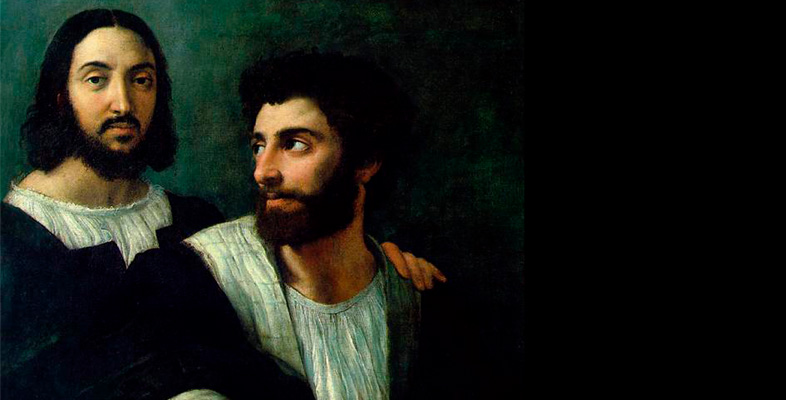1.1.1 Reformulation
The reformulation of the 1970s and 80s took place in all aspects of art history as it bears on the artist’s biography or subjectivity. These new approaches entailed an examination of ideology and subject positions in the making and reception of art that brought about critiques of:
- myths and institutions that sustained the dominant view of art
- the individual as a locus of meaning or intention
- biography as a form or genre
- a coherent subject or body of work (oeuvre)
- genius, gender and related essentialist notions of the self
- rhetorics and practices of biographical explanation – the monographic form of art exhibitions and books.
Rather than a stable and self-contained font of meaning, the artist appeared instead as the carrier or bearer of values, languages and histories produced outside him or herself. As opposed to a unique, expressive subject, the artist was depicted as immersed in historical or socio-sexual forces. Often he or she was thought to be unconscious of these processes, mistaking fragments of ideology or representation for a coherent experience or inner life. The anti-humanist structuralism of the period represented a rich set of themes and questions for research.
This is not to say that everything that was argued or written was productive or ‘correct’. There was a lot of verbiage, fashionable silliness and toeing the line. Other arguments were often marginalised as off-message and some immensely significant thinkers were treated as ‘dead dogs’, only to return later full of vigour. Aesthetics was treated as off-limits, ‘empirical’ testability or ‘experience’ unreasonably dismissed, and art too easily lined up with the ‘dominant ideology’. Sometimes, the ideas were incoherent or their wider implications misunderstood.
